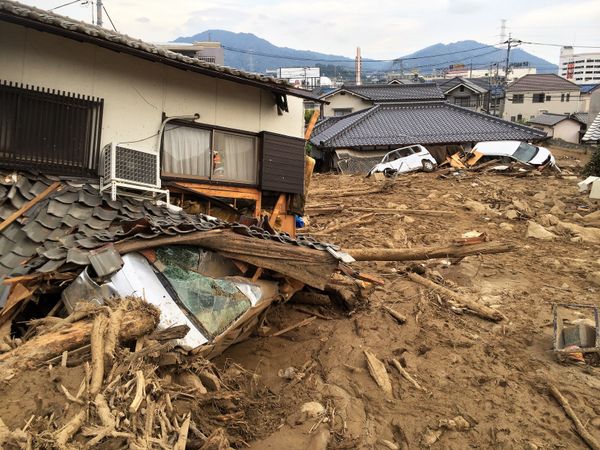On Aug. 23, a 6.2 magnitude earthquake struck the mountainous area west of Rome leaving in its wake destruction and rubble. The earthquake severely damaged many towns in central Italy and has led to over 200 deaths in the town of Amatrice alone. After the initial quake, there were seven aftershocks ranging from 4.0 to 5.5 magnitude. They continued to devastate the region and cause more damage to structures around the area, including two bridges that connect it to the rest of Italy. The search for survivors of the earthquake continues, with over 300 people have already be treated at local hospitals.
The Italian Council of ministers declared a state of emergency for the regions affected by the earthquake, allocating 50 million euros in funding according to CNN. The displaced are only experiencing the beginning to a difficult road to recovery as rebuilding has yet to commence. The three regions devastated by the earthquake were Umbria, Lazio and Marche.
Rescue operations began almost immediately and were aimed at the most damaged towns. There were many reports of people being buried alive under the fallen buildings. The rescue teams faced adversity as the towns could only be reached by mountainous country roads or unstable bridges.
Among the destruction of old towns, Italy and the rest of the world have lost a piece of history as many of the structures ruined by the earthquake date back to as far as the middle ages including churches. Additionally, their downfall can be attributed to old foundations.
The Natural disaster has left more than 2,000 people homeless as they seek shelter in camps on the outskirts of town. Many people are a living testament to the damage mother nature can cause as their home crumbles them. Even though shelter and food can be found in these camps, the outside temperatures cannot be endured for much longer, but where there is pain there is strength and the people of Italy are more united as ever as they face the ruin of their history and homes together. This can be ascertained by the widespread relief and support north shown in the camps and on social media. Although with each passing day the possibility if finding more survivors dwindles, people continue to search and save the lives of those who otherwise would be lost.





















